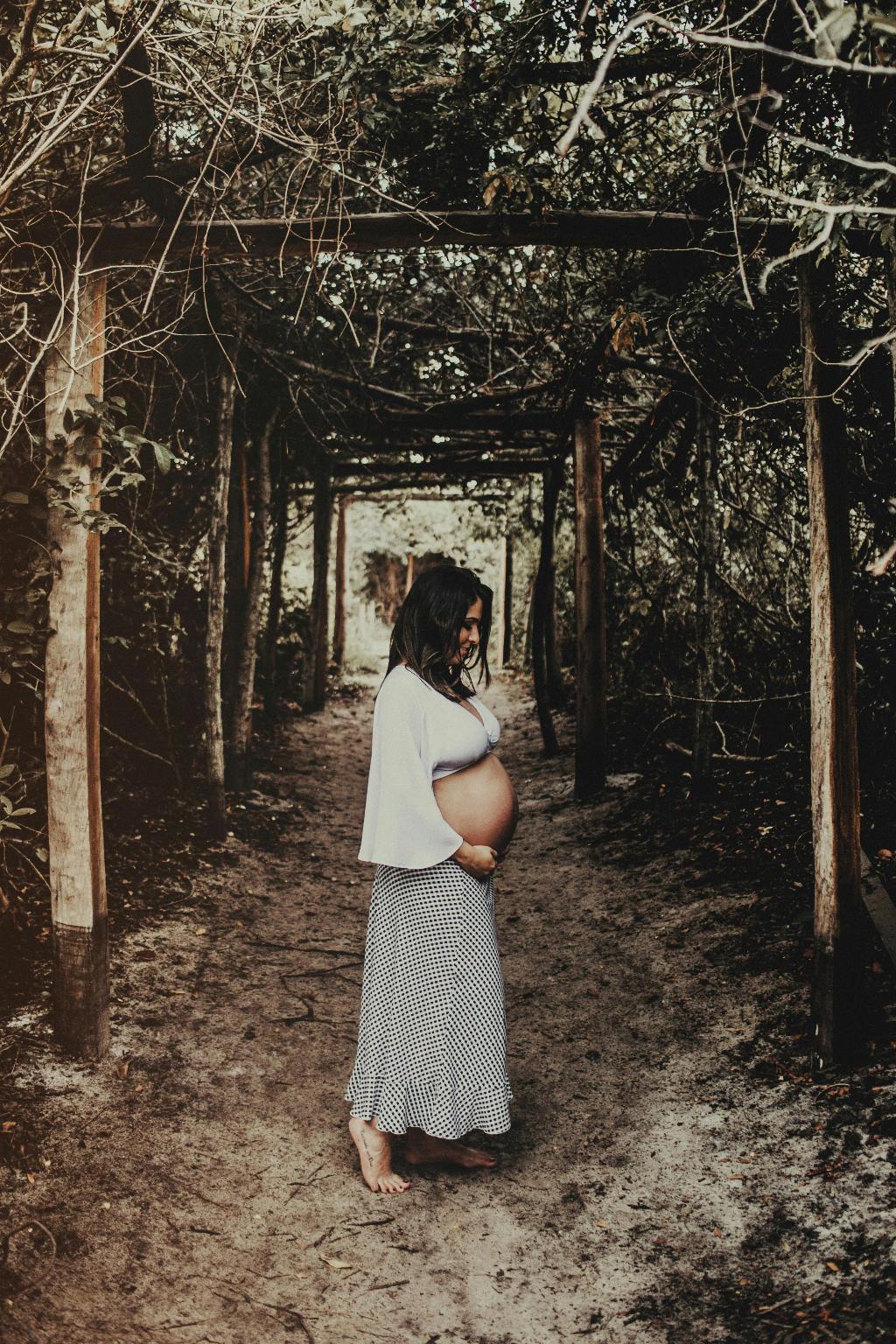When it comes to the early stages of pregnancy, many women may experience confusion and uncertainty about the changes happening within their bodies. One common aspect that can cause confusion is vaginal discharge. It’s essential to understand what normal discharge looks like at the very beginning of pregnancy to differentiate it from other concerns.
Normal Changes in Vaginal Discharge
Shortly after conception, the vaginal walls start thickening, leading to an increase in vaginal discharge. At the beginning of pregnancy, this discharge is typically white and milky in appearance. It may resemble the discharge experienced during ovulation, but it may be slightly thicker and more abundant.
Cramping and Spotting
Some women may mistake early pregnancy discharge for the start of their menstrual periods due to accompanying symptoms like cramping and spotting. It’s crucial to pay attention to the overall pattern of discharge and accompanying symptoms to determine if it aligns with pregnancy rather than menstruation.
Changes Over Time
As the pregnancy progresses, the vaginal discharge may continue to change. In early pregnancy, the discharge is likely to increase in quantity and may become more noticeable. It’s essential to monitor these changes for any signs of abnormalities or infections.
Signs of Infection
While white, milky discharge is normal in early pregnancy, it’s essential to be vigilant for any signs of infection. Unusual colors, such as green or yellow, unusual odors, or accompanying symptoms like itching or burning, could indicate an infection that requires medical attention.
Consulting a Healthcare Provider
If you have concerns about the nature of your vaginal discharge in early pregnancy, it’s crucial to consult with your healthcare provider. They can assess the situation, provide guidance on what to expect, and address any potential issues that may arise.
Hygiene and Comfort
Keeping good hygiene during pregnancy is crucial to prevent infections and maintain comfort. Opt for gentle, unscented products for intimate hygiene and avoid douching, which can disrupt the natural balance of vaginal flora.
Monitoring Changes
Throughout the early stages of pregnancy, monitoring changes in vaginal discharge is an essential part of self-care. Keeping track of any variations in color, consistency, or odor can help you identify any potential concerns early on.
Emotional Considerations
It’s normal to experience a range of emotions when observing changes in your body during early pregnancy. If you have concerns or feel overwhelmed by these changes, don’t hesitate to discuss them with your partner, friends, or a healthcare provider for support and reassurance.
Self-Care Practices
Engaging in self-care practices can help you feel more comfortable and confident during the early stages of pregnancy. Incorporating relaxation techniques, maintaining a healthy diet, and getting regular exercise can support your overall well-being.
Educating Yourself
Knowledge is power when it comes to understanding the changes your body undergoes during pregnancy. Educate yourself about the normal symptoms and changes to expect, including vaginal discharge, to feel more prepared and informed throughout your pregnancy journey.
Final Thoughts
Ultimately, recognizing the normal characteristics of vaginal discharge at the very beginning of pregnancy can help you navigate this period with greater awareness and confidence. By staying informed, monitoring changes, and seeking guidance when needed, you can prioritize your health and well-being during this significant time.

